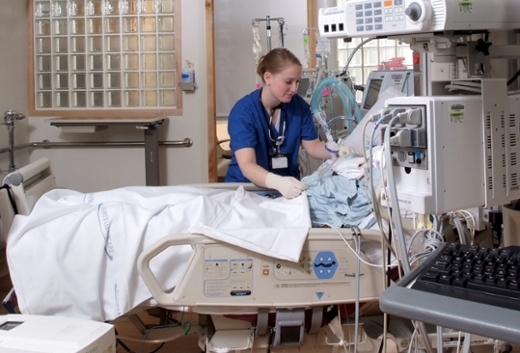A task force of international experts in the field of critical care medicine has redefined the terms “sepsis” and “septic shock” to facilitate earlier recognition and more timely management of patients with sepsis or at risk of developing sepsis.
The results were presented at the Society of Critical Care Medicine’s 45th Critical Care Congress in Orlando, Fla., on Feb. 22, to coincide with publication in JAMA.
This is the third major effort to better define sepsis and septic shock in over three decades. Definitions of sepsis and septic shock were last revised in 2001 (Sepsis-2) and before that, in 1991 (Sepsis-1).
Sepsis is a major public health concern, being the primary cause of death from infection and the third leading cause of death overall in the U.S. In 2011, it accounted for more than $20 billion of total U.S. hospital costs. The reported incidence of sepsis is increasing, likely reflecting individual susceptibility and greater recognition of the condition.
“Since considerable advances have since been made to the pathophysiology, management and epidemiology of sepsis, there was a need for re-examination of these two conditions,” says Craig Coopersmith, MD, professor of surgery, Emory University School of Medicine, and associate director of the Emory Critical Care Center. “Better defining sepsis and septic shock will help us treat patients in a more timely fashion, plus offer greater consistency for epidemiological studies and clinical trials in sepsis.”
The Society of Critical Care Medicine and the European Society of Intensive Care Medicine convened an international task force of experts, including Coopersmith and Greg Martin, MD, MSc, professor of medicine at Emory. Coopersmith was the president of the Society of Critical Care Medicine when the definitions were being revised.
For one year, the group reviewed large data sets of hospitalized patients with presumed infection, assessing the simplest and most accurate ways to determine which patients have sepsis. Once definitions were updated, they were circulated to international professional societies, requesting peer review and endorsement.
The task force determined that sepsis, now known as Sepsis-3, should now be defined as “a life-threatening organ dysfunction caused by a dysregulated host response to infection.” For clinical purposes, organ dysfunction can be represented by an increase in the Sequential Organ Failure Assessment (SOFA) score of 2 points or more, which is associated with an in-hospital mortality greater than 10 percent.
“Sepsis is the primary cause of death from infection, especially if not recognized and treated promptly,” says Martin. “Its recognition mandates urgent attention, which is the basis of this new definition. Furthermore, in lay terms, we defined sepsis as a life-threatening condition that arises when the body’s response to an infection injures its own tissues and organs.”
Patients with suspected infections that are likely to have a prolonged ICU stay or to die in the hospital can be promptly identified at the bedside with a new test called quick SOFA (qSOFA) score. This simple test examines respiratory rate, mental status and blood pressure, which can determine risk of mortality and promptness of intervention.
The new definition of “septic shock” is a subset of sepsis in which underlying circulatory and cellular/metabolic abnormalities are profound enough to substantially increase mortality.
“These updated definitions and clinical criteria should clarify long-used descriptors and bring about earlier recognition of patients at risk of developing sepsis,” explains Coopersmith. “But the process remains a work in progress, and new diagnostic approaches and enhanced collection of data will fuel their continued re-evaluation and revision.”
“These new definitions are another important advance towards better understanding and identifying sepsis, and will be beneficial to health care workers, researchers and the public,” says Martin.
This work was supported in part by a grant from the Society of Critical Care Medicine and the European Society of Intensive Care Medicine.

